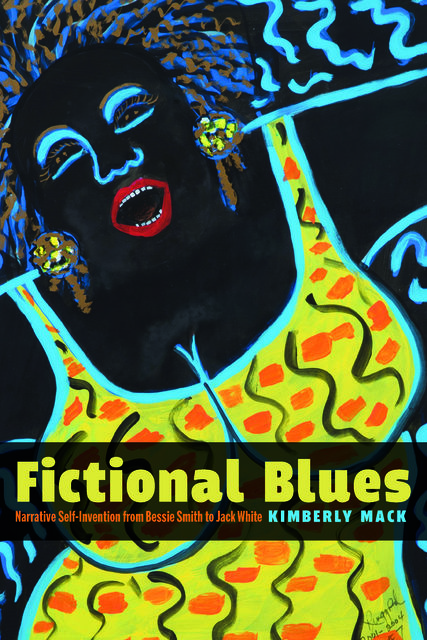Contents
Preface and Acknowledgments
Introduction
Chapter One
The Narrative Blues Tradition
Tall Tales, Myths, and Black American Folklore
Chapter Two
Shug, Big Mama, and Amy
Autobiographical Fictions and Addictions
Chapter Three
“I Was Astounded at What I Heard”
Robert Johnson’s Autobiographical and Biographical Afterlives
Chapter Four
From John Anthony Gillis to Jack White
A Study in Blues Self-Invention
Chapter Five
The Blues Apprenticeship
Racialized Conventions of the Acolyte
Afterword
Notes
Index



